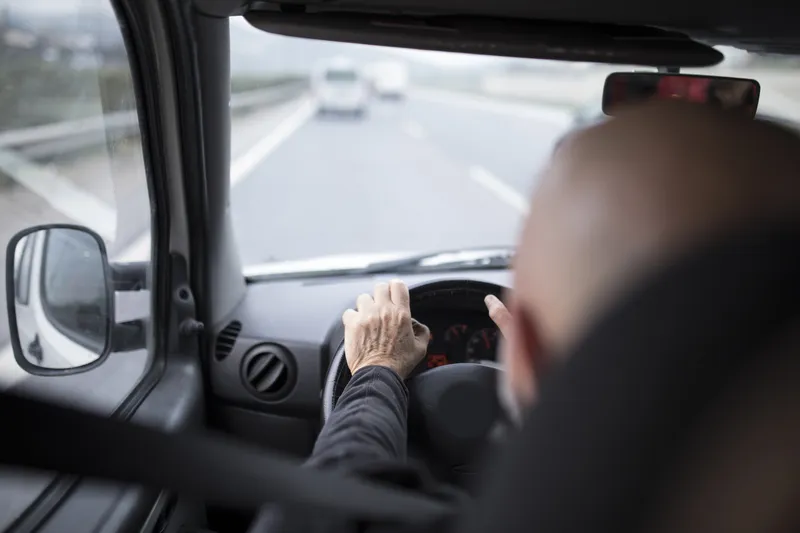Australian technology company Seeing Machines says its monitoring system for autonomous research vehicles will help drivers remain alert and ready to take back control of driving tasks.
The company says the Guardian Backup-driver Monitoring System (Guardian BdMS) was designed to improve safety for on-road testing of autonomous and
semi-autonomous vehicles.
The retrofit solution tracks the driver’s face and eyes during on-road automated or semi-automated vehicle testing. It also tracks the driver’s on-
December 4, 2018
Read time: 1 min
Australian technology company 7861 Seeing Machines says its monitoring system for autonomous research vehicles will help drivers remain alert and ready to take back control of driving tasks.
The company says the Guardian Backup-driver Monitoring System (Guardian BdMS) was designed to improve safety for on-road testing of autonomous and semi-autonomous vehicles.
The retrofit solution tracks the driver’s face and eyes during on-road automated or semi-automated vehicle testing. It also tracks the driver’s on-road attention and identifies distracted behaviour. Guardian BdMS utilises the company’s Fovio driver monitoring technology in a retrofit system for the Society of Automotive Engineers’ Level 3 to Level 5 test vehicle fleets.










